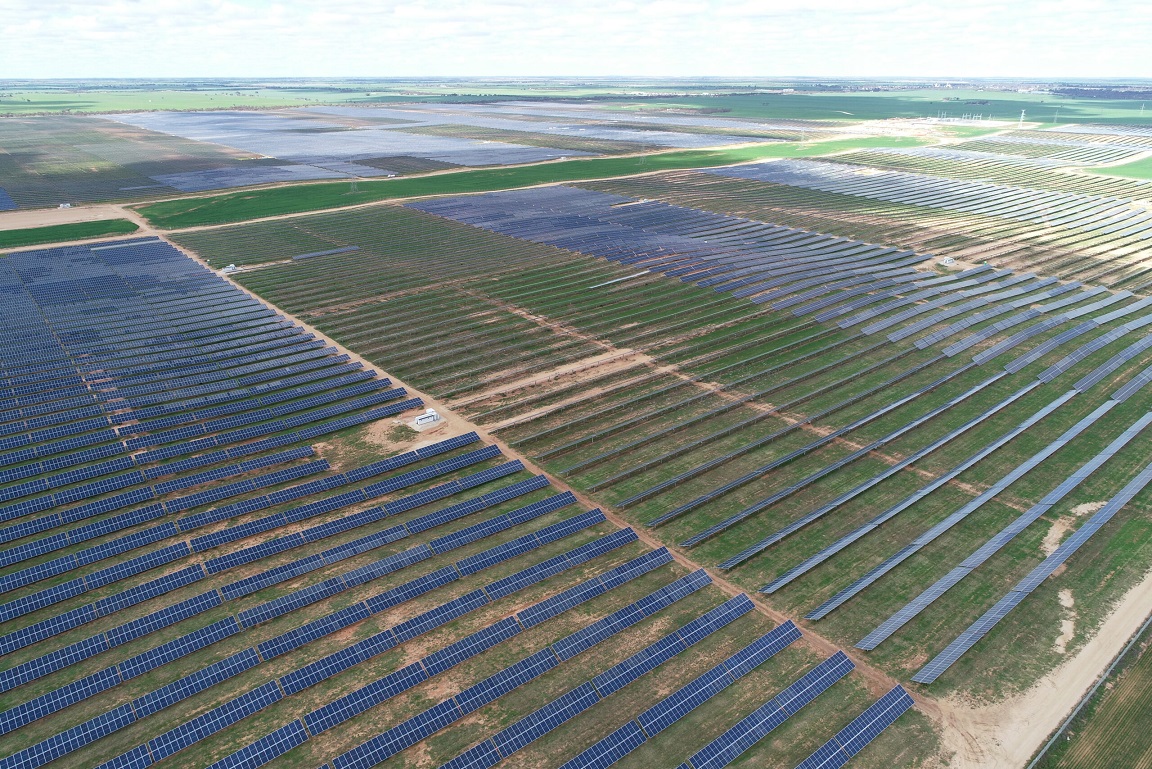Australia’s minister for Climate Change and Energy Chris Bowen revealed today (24 June) that the first auction of the Capacity Investment Scheme (CIS) has received interest from more than 40GW of solar and wind projects.
Penned in an opinion piece for the Australian Financial Review, Bowen used this figure to attack the Coalition’s recent pledge to build seven nuclear reactors to support the nation’s decarbonisation journey. However, Bowen believes that the interest surrounding the CIS shows an appetite to grow renewable energy generation capacity.
“The first auction of the CIS, which will support 6GW of new power, has received more than 40GW of project registrations, showing there is a strong pipeline of renewables ready to go with the right policy settings,” Bowen said in the article.
The Albanese government announced the expanded CIS in November 2023, intending to underwrite 32GW worth of renewable energy generation and energy storage capacity. In April 2024, it said it would be the “largest single renewables tender in the country’s history”.
At the time, Chris Bowen, also revealed that the Albanese government and the government of New South Wales (NSW) would work together to advance a “single combined tender process for generation infrastructure under the CIS and NSW Roadmap from November this year”.
As previously reported by PV Tech, Bowen said there would be a 500MW capacity tender for projects in Western Australia due to open “mid-year”, dependent on consultation and final agreement.
Last week (19 June), the Australian Renewable Energy Agency (ARENA) launched its global AUS$100 million (US$66 million) ‘Solar ScaleUp Challenge’ to stimulate innovation and collaboration in the solar sector.
The initiative invites professionals from across the international solar landscape, such as financiers, solar customers, engineers, and developers, to break down barriers to installing, operating, and maintaining solar PV projects.
This will also enable ARENA to work towards the vision of its Ultra Low-Cost Solar (ULCS), which argues that a ‘30-30-30’ approach to solar, representing 30% solar module efficiency and an installed cost of 30 cents per watt by 2030, could help Australia become a renewable energy superpower. This would mean achieving a levelised cost of electricity below AUS$20 per megawatt hour by 2030.
